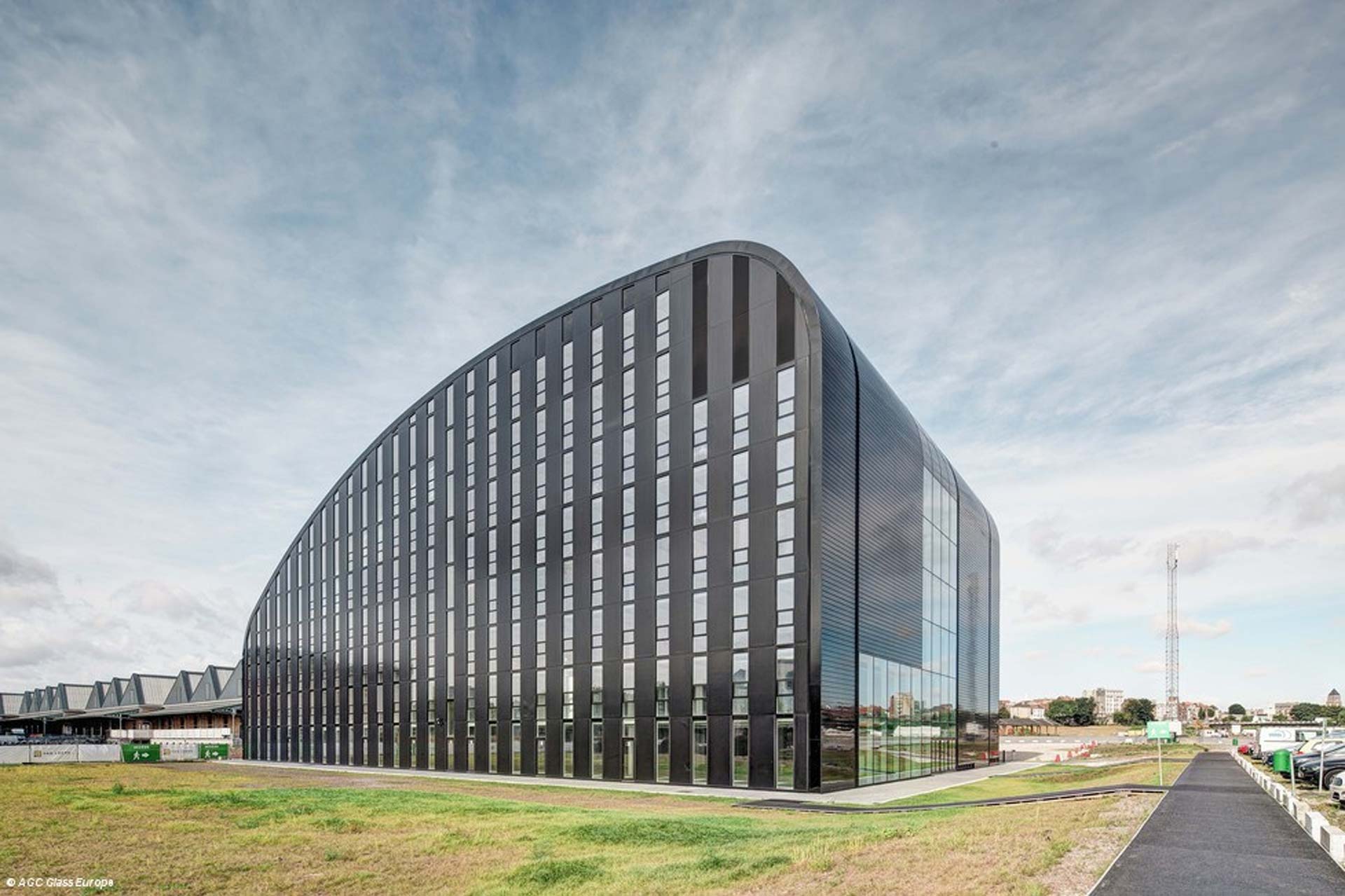
Automated Checking In Healthcare Design
Recommendations for automated checking of regulations and requirements management in healthcare design
There are wide opportunities to increase the performance and value generation in the built environment by improving design requirements management. Building Information Modelling (BIM) can provide support to value generation through better requirements management, storing semantic information and enabling automated checking of design solutions. However, there are a number of difficulties in adopting BIM for requirements management in general, and specifically for automated checking of design solutions. These challenges are greater in complex projects, such as healthcare facilities. Requirements management plays an important role in healthcare design, by making available different sets of data related to stakeholders’ needs and expectations. Hence, requirements must be seen not just as measurable properties, but also data containing semantic-rich information, which is not always explicit to support decision-making in the design process.
BIM can support automated code and regulation checking, and its use for modelling information contributes to the visualisation and organisation of requirements data. This can be beneficial both for design teams and also for professionals in charge of assessing building design (e.g. planning approvals). Furthermore, there are other potential benefits associated with mapping non-compliance specifications in the early stages of design, e.g. allowing for different scenarios and experimenting with diverse design options with larger input of information from the stakeholders. The process of modelling requirements allows structuring, classifying and checking semantic-rich information on design projects. BIM-based tools for automated compliance checking can potentially mitigate some of the negative effects of complexity in healthcare design. The practical adoption of a level of automation in the checking of healthcare design regulations can support achieve transparency and consistency for designers and regulatory bodies.
This research aims to propose recommendations for the adoption of automated checking of regulatory compliance in the design of healthcare facilities. These are developed within a broader context of healthcare design requirements management and modelling. More specifically, the research:
- Focuses on identifying enablers and barriers of using Building Information Modelling (BIM) based tools aligned with process changes for automated compliance checking.
- Aims to contribute towards the adoption of automation and digital methods within healthcare building project contexts
- Aims to contribute to the categorisation of information regarding building codes and regulations for healthcare projects, as well as other client requirements.
Collaborators
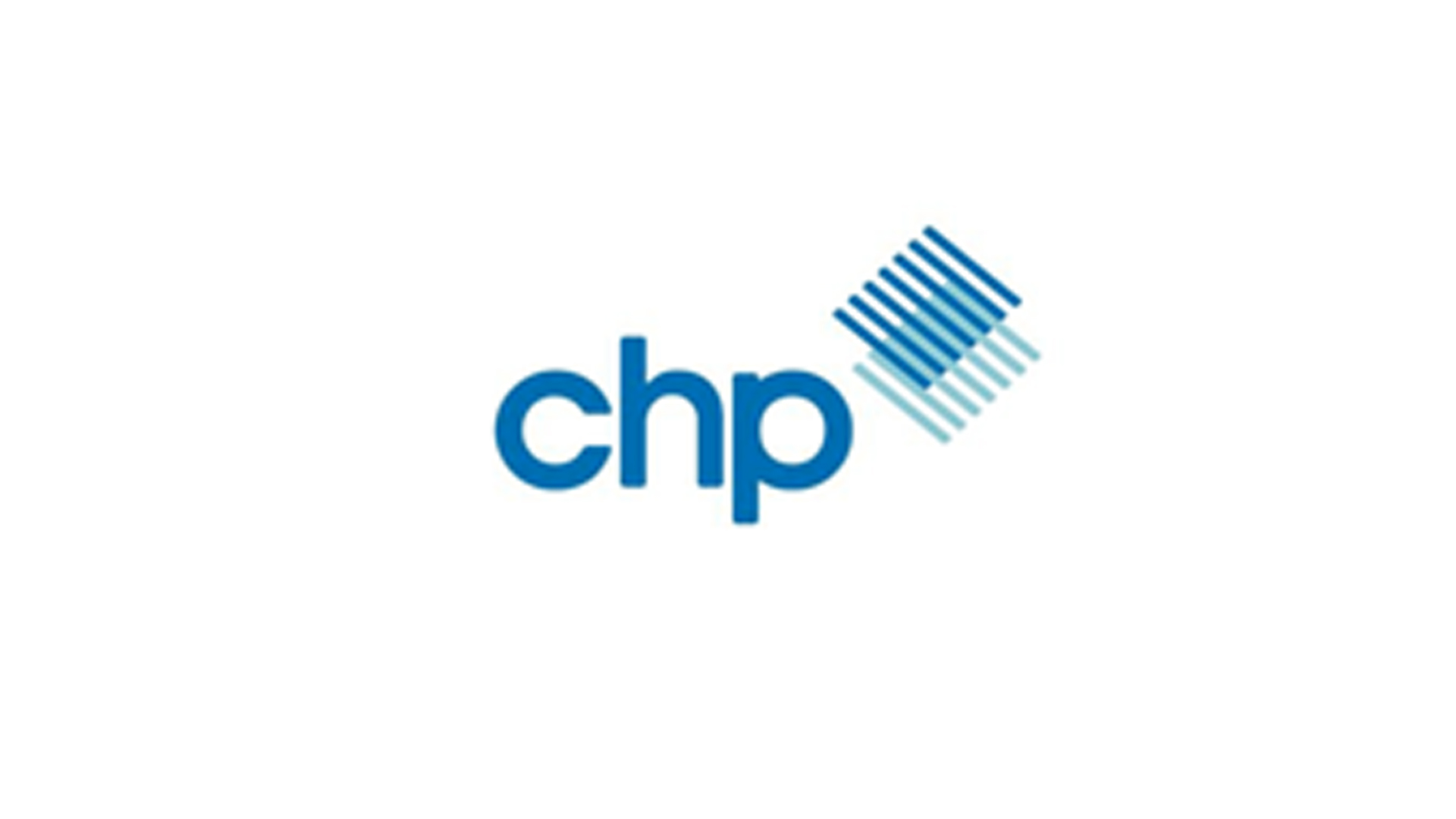
Community Health Partnerships (CHP)
CHP is one of the main research collaborators. CHP is a Department of Health owned company. As head tenant for the £2.5bn NHS LIFT estate (Local Initiative Finance Trust), CHP is responsible for the overall management of 305 primary and community healthcare buildings across England.
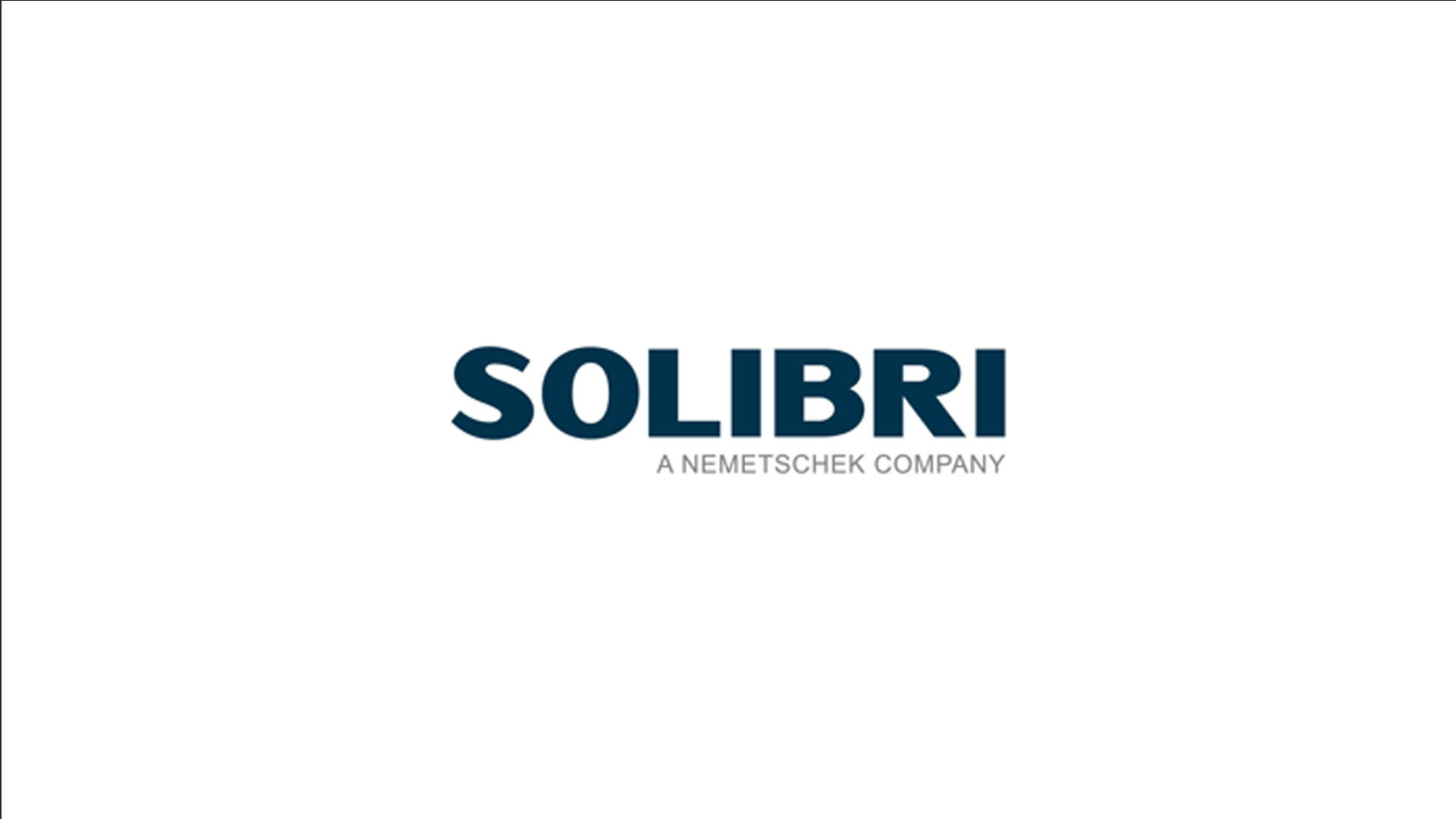
Solibri
The software company Solibri has also agreed to collaborate with the research through participation in interviews, focus group and workshop.
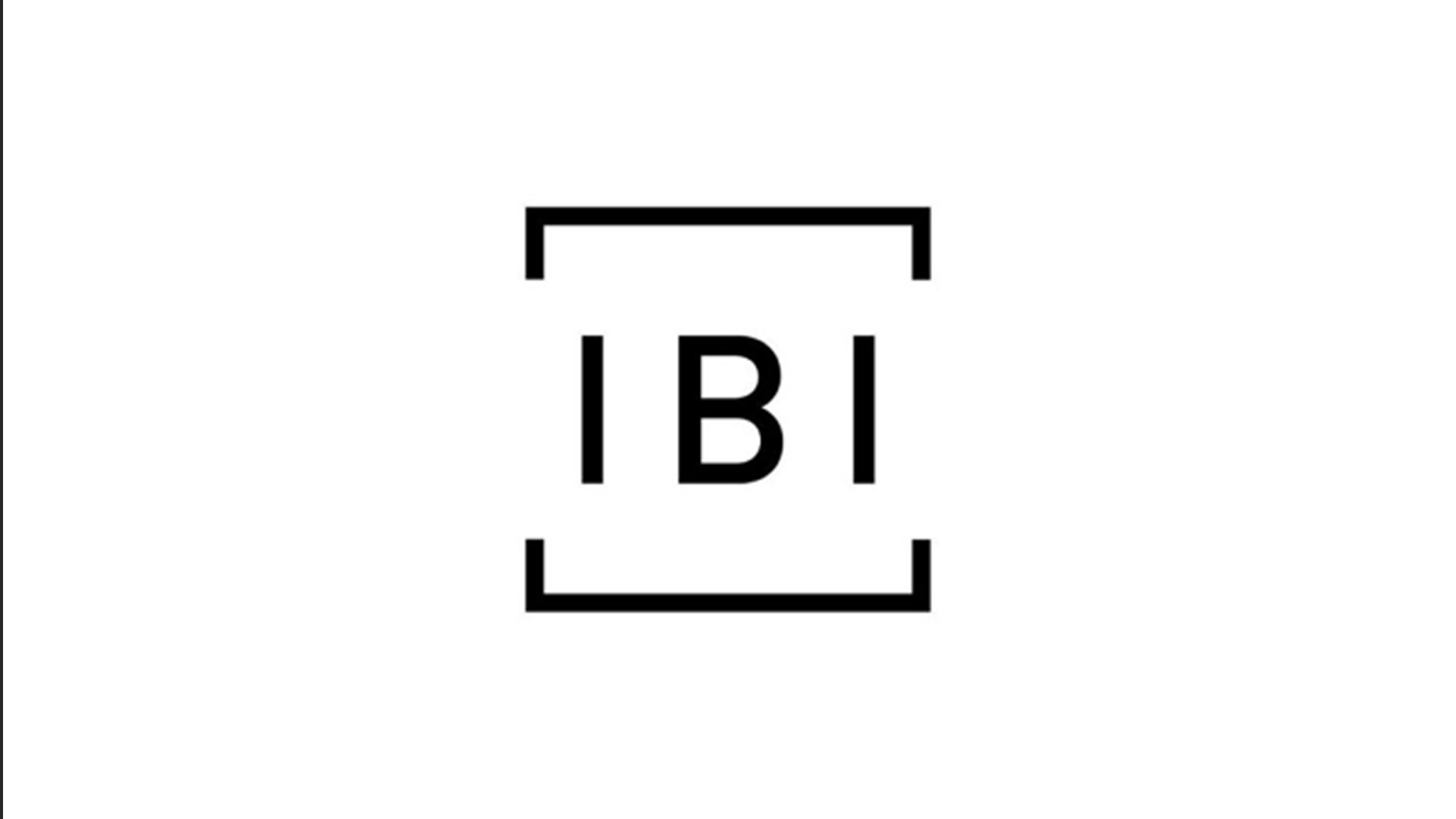
IBI Group
The IBI group has agreed to participate in this research. IBI specialises in the design of healthcare facilities, and have agreed to take part of interviews, workshop and the focus group.
Funding
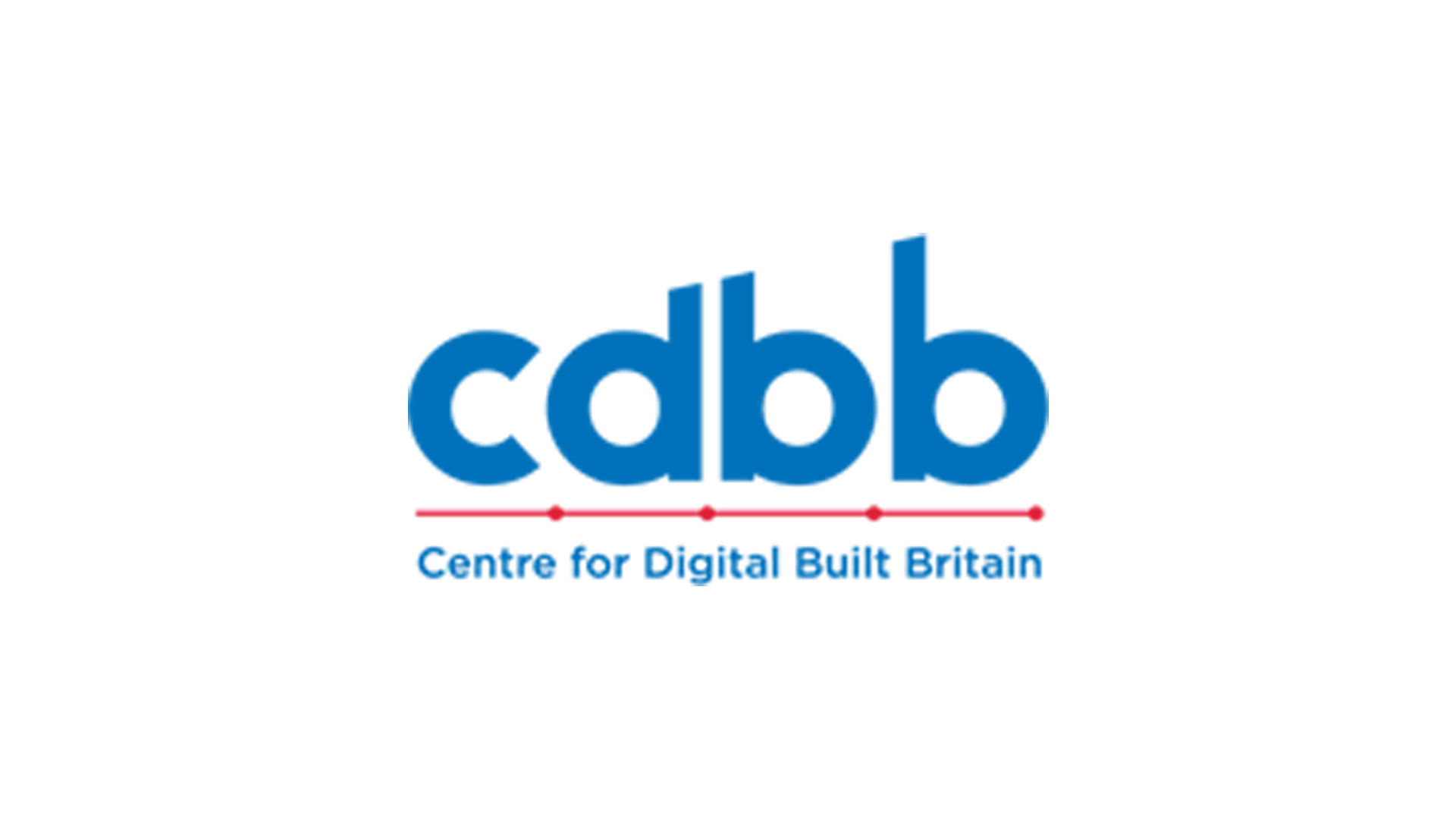
Centre for Digital Built Britain
This project is funded from October 2018 to July 2019 by the Centre from Digital Built Britain (CDBB).

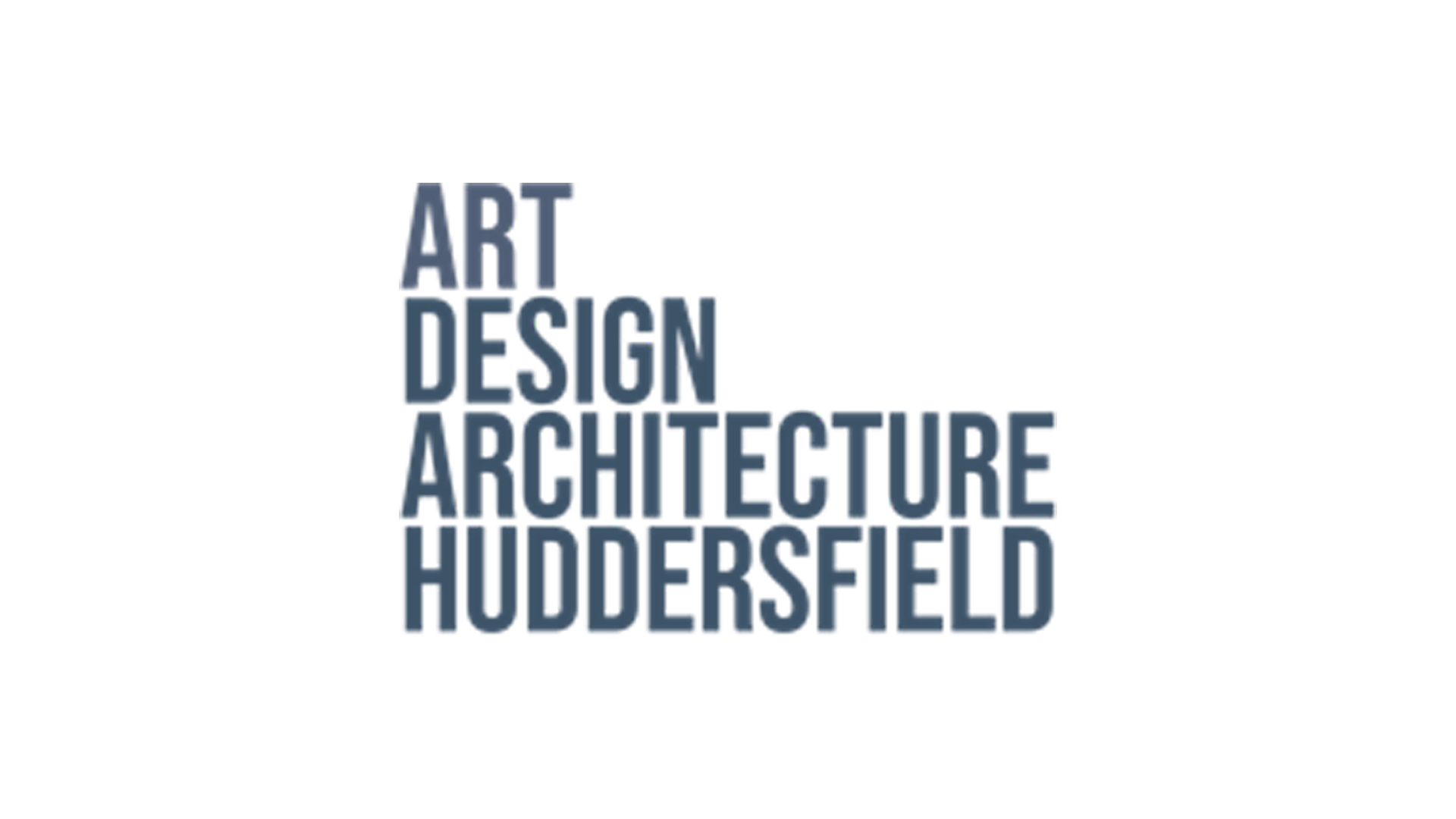

The project is part of the activities of the Innovative Design Lab research centre, University of Huddersfield
Project Team:
The research team includes world class academics from the University of Huddersfield (UK), University College London (UK) and UFRGS – Federal University of Rio Grande do Sul, (Porto Alegre, Brazil)
Project Team

Professor Patricia Tzortzopoulos (PI)
School of Art, Design and Architecture, University of Huddersfield

Professional Mike Kagioglou
School of Art, Design and Architecture, University of Huddersfield

João Soliman Junior
School of Art, Design and Architecture, University of Huddersfield

Juliana Parise Baldauf
UFRGS – Federal University of Rio Grande do Sul, Porto Alegre, Brazil)
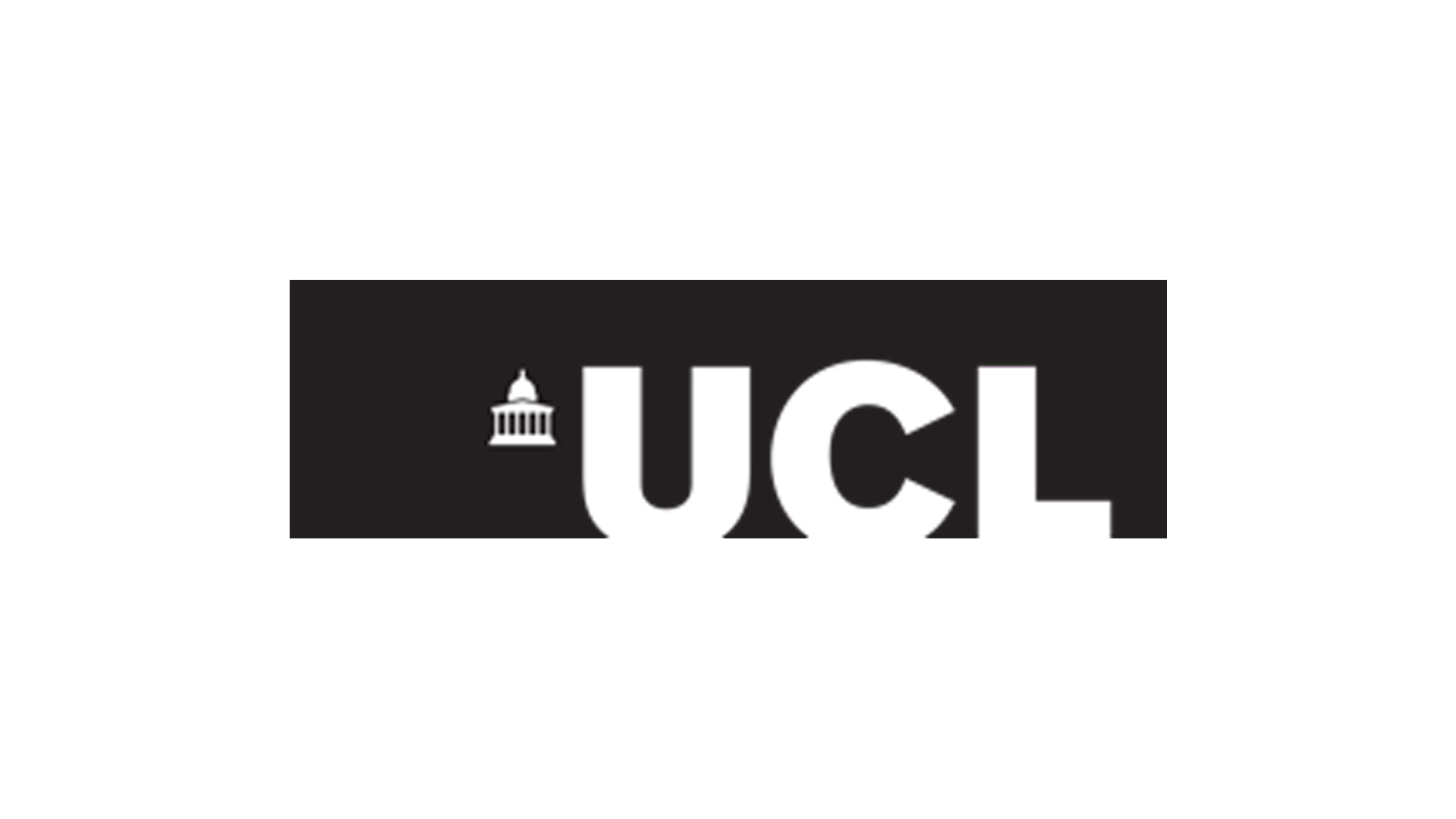
Dr Eleni Papadonikolaki
The Bartlett School of Construction & Project Management / UCL, London

Professor Carlos T.Formoso
International Advisor – UFRGS – Federal University of Rio Grande do Sul, Porto Alegre, Brazil



